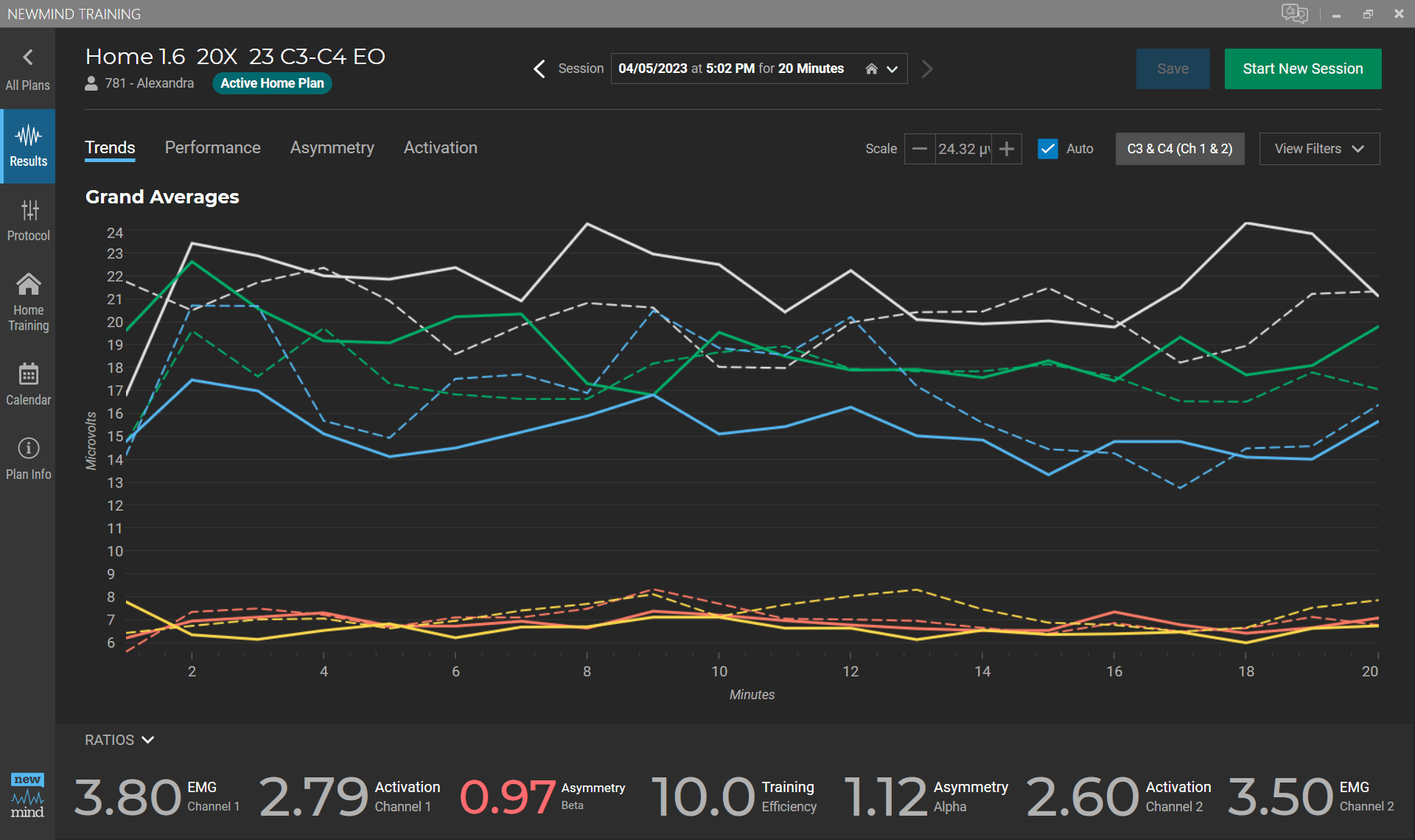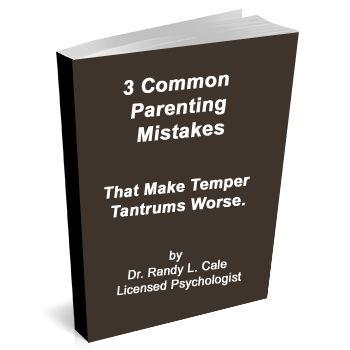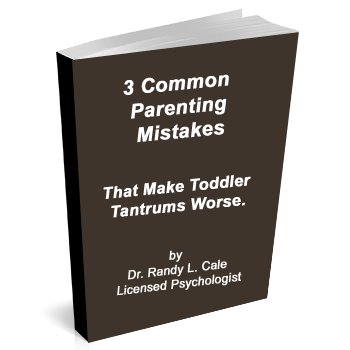How Does Neurofeedback Work?
Neurofeedback is a form of biofeedback in which a reward signal is provided to the brain. This signal, over time, causes the brain (in most cases) to incrementally and gradually reorganize brainwaves into a healthier and more functional brainwave pattern.
How does that work?

What we believe is that brains tend to like novelty. So when the brain realizes that it gets a reward tone every time there is a movement in a healthier direction, it tends to absorb that reward tone and start moving in that direction. This process, also called operant conditioning, is a slow, gradual process that happens over time, and every brain varies in its response to some degree.
Let’s say we have a brainwave that we want to bring down because it’s too strong, which is often the case in kids and adults with ADD, anxiety, panic, OCD, and similar disorders. In this case, neurofeedback will provide a reward tone every time this wave dips. Over time, because it is an operant conditioning model, the brain responds to this reward and very slowly changes that brainwave. Coincidentally, with ADD and anxiety disorders, certain brainwaves can be five or six standard deviations above where they should be, which is significant. However, retraining such brainwaves into healthier brainwave forms is just a matter of time.
So, in essence, biofeedback does not inject electricity into the brain or do anything invasive to it; it simply rewards the brain for finding a better brainwave pattern and does it repeatedly. As a result, through operant conditioning, the brain becomes reorganized in ways that feel and function better.
Why Choose Neurofeedback To Get Better? How Long Does It Take For Neurofeedback to Work?









